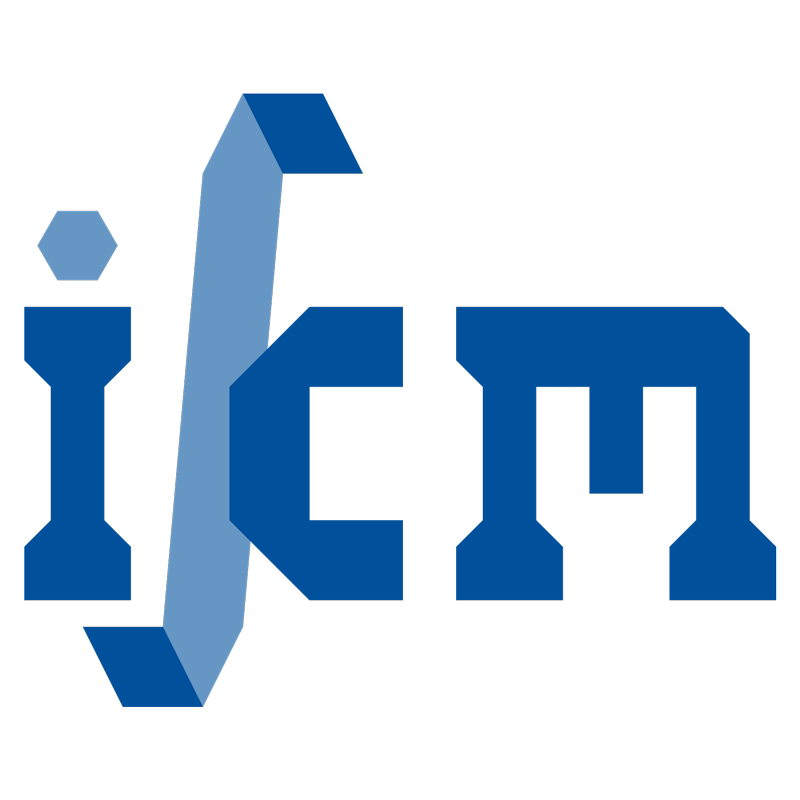Finite element concepts for finite elastoplastic strains and isotropic stress response in shells
Theoretical and computational analysis
- verfasst von
- R. Eberlein, Peter Wriggers
- Abstract
This paper presents appropriate finite element concepts accounting for finite elastoplastic strains and isotropic stress response in arbitrary shells. Three parameterization strategies for the calculation of thin and thick smooth shells as well as shell intersections are discussed in detail. In this context the importance of the deformation gradient for an efficient implementation is especially emphasized. According to the parameterizations the computational plasticity algorithms are derived in general three-dimensional (3-D) form for thick shell structures and a restricted 2-D form satisfying the plane stress state underlying thin shells. In order to describe arbitrary shell geometries, the isoparametric concept is applied to all proposed finite element formulations. These are based on quadrilateral 4-node mixed finite shell elements. The variational approaches of the enhanced assumed strain method, the assumed natural strain concept and the reduced integration technique are accurately considered. By means of representative numerical examples the performance of the three different finite element concepts is demonstrated. Furthermore, their individual properties are addressed with respect to efficiency and numerical accuracy. Thus, crucial consequences for an optimal modelling of finite plastic strains in shells can be outlined.
- Organisationseinheit(en)
-
Institut für Baumechanik und Numerische Mechanik
- Externe Organisation(en)
-
Technische Universität Darmstadt
Sulzer Ltd.
- Typ
- Artikel
- Journal
- Computer Methods in Applied Mechanics and Engineering
- Band
- 171
- Seiten
- 243-279
- Anzahl der Seiten
- 37
- ISSN
- 0045-7825
- Publikationsdatum
- 09.04.1999
- Publikationsstatus
- Veröffentlicht
- Peer-reviewed
- Ja
- ASJC Scopus Sachgebiete
- Numerische Mechanik, Werkstoffmechanik, Maschinenbau, Allgemeine Physik und Astronomie, Angewandte Informatik
- Elektronische Version(en)
-
https://doi.org/10.1016/S0045-7825(98)00212-6 (Zugang:
Unbekannt)


